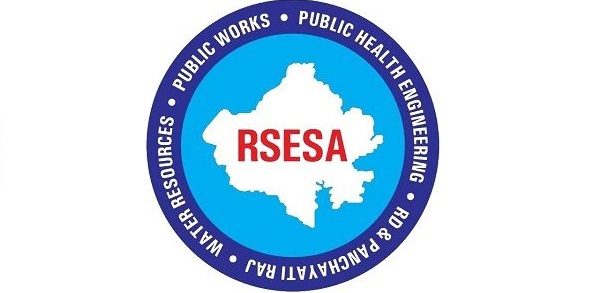Water Connection Feasibility Calculator
Detailed Calculation and Algorithm
The feasibility is assessed by calculating the discharge from the connection using the orifice flow formula, considering the available head after accounting for elevation and residual head requirements. The total water supplied during the supply duration is compared to the required demand.
- Calculate total water requirement: number of members × per capita demand.
- Convert pressure to head in meters: for PSI, pressure × 0.703; for kg/cm², pressure × 10.
- Determine subtraction head: 1 m if measured at tap, 2.5 m if at pipeline.
- Effective head h = converted head – subtraction head (minimum 0).
- Determine orifice diameter based on connection size and flow control device. For ferrule: 9 mm for 15 mm, 13 mm for 20 mm, 16 mm for 25 mm, 35 mm for 50 mm. For integrated PP saddle (15 mm only): use specialized flow model Q = 5.914 × (h/10)^0.2427 LPM, capped at 7 LPM for pressures >= 2 bar.
- For standard orifice: Q = 0.62 × (π d² / 4) × sqrt(2 × 9.81 × h) × 60000 LPM (d in m).
- Calculate water provided: Q (LPM) × 60 × duration (hours) liters/day.
- Feasibility: if water provided >= requirement, yes; else no.
- If no, recommend smallest larger connection size where feasible (using ferrule).
- For effect without flow control: calculate Q_no using d = connection size / 1000 m, then excess = Q_no – Q, % = ((Q_no / Q) – 1) × 100.
Notes
- We use the method of discharge from an orifice for calculations because it provides a simple and effective way to estimate the flow rate through the restricted opening under the given head, mimicking the behavior of flow control devices in water supply systems.
- The integrated PP saddle is an advanced flow control device with an in-built stainless steel valve that regulates flow to approximately 5 LPM at 0.5 bar pressure, increasing slightly but not exceeding 7 LPM at 2 bar, ensuring consistent supply regardless of pressure variations.
Developed by Manu Sharma EE PHED (8447836481) with the help of ChatGPT
